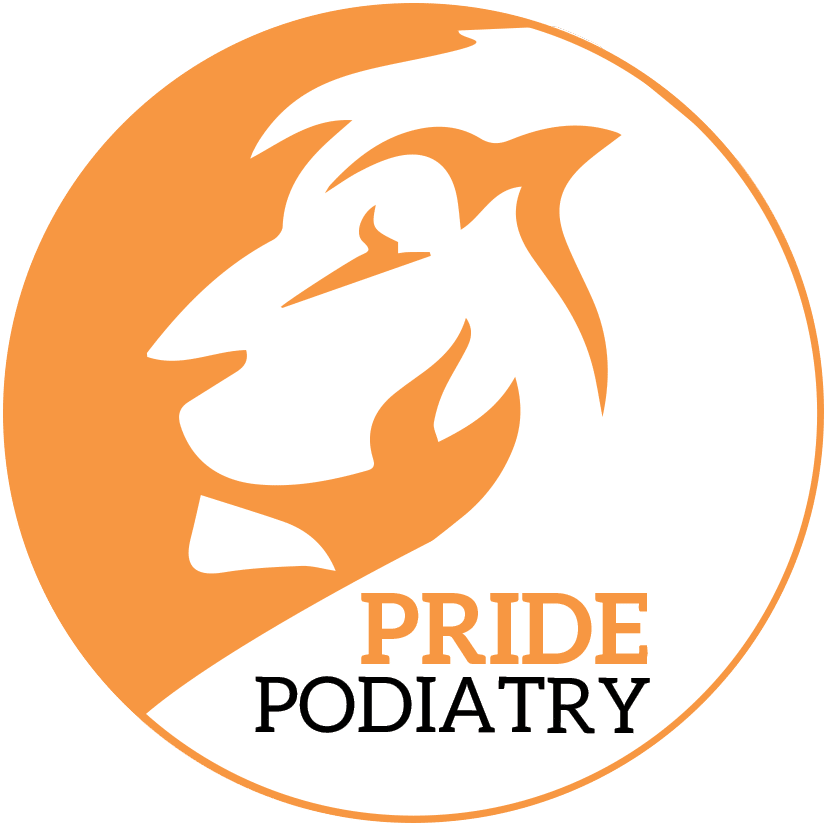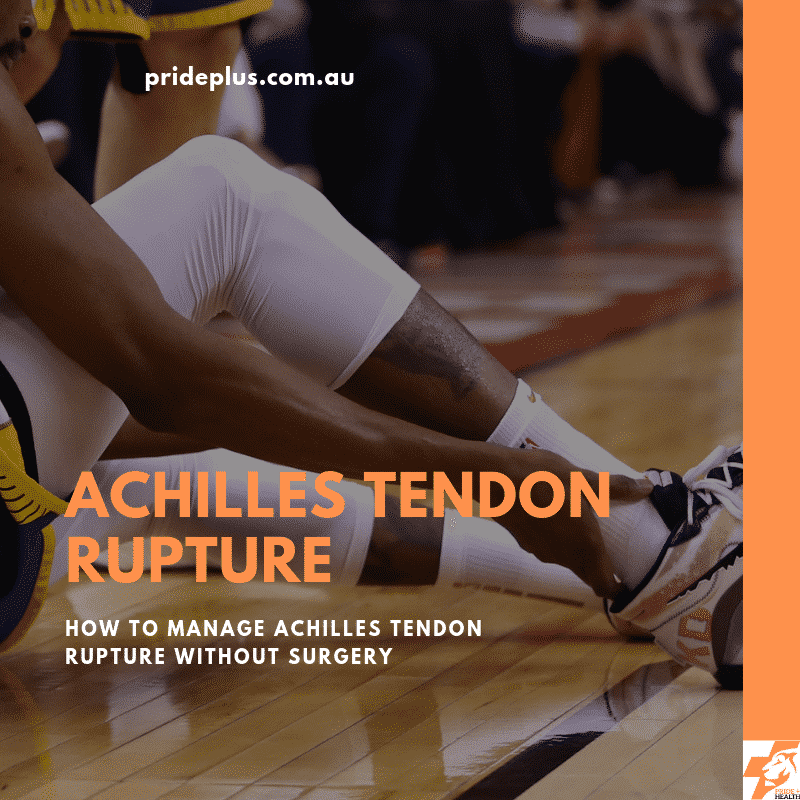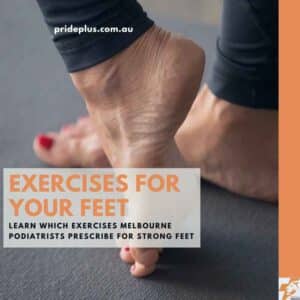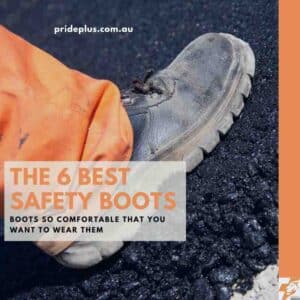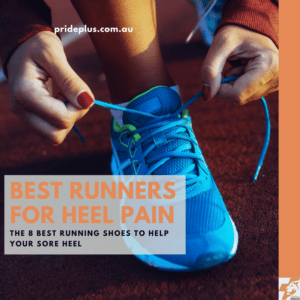Have you seen the videos? Heard the pop? Just ask Kobe Bryant (RIP) or Kevin Durant, an Achilles tendon rupture is one of the most visceral and cheek clenching injuries you can ever experience.
In the past, an achilles tendon rupture always meant surgery. It meant surgery to open up the lower limb, track down those torn fibres then stitch them back up again. It also meant the risks associated with any surgery were present as well.
As an achilles tendon rupture is a relatively common and unfortunate injury, more and more people started to look at non-surgical options of an achilles tendon rupture. With time, research into an active rehabilitation process vs. surgery and rehab has been undertaken with some surprising results.
In this post, we will look at what an active management program for an achilles tendon rupture might look like. Now, this is purely a hypothetical situation. Every tendon injury, every person is different. A thorough assessment and decision-making plan should be undertaken, and surgery still considered as an excellent option for many achilles tendon ruptures as well.
How To Manage Achilles Tendon Rupture Without Surgery
Step 1: Diagnosis
An achilles tendon rupture is one of those injuries most people know they have done seconds after they have done it. First, there’s the pop, the feeling of being kicked in the back of the calf. Sometimes there’s no pain, often lots. Then there is the falling to the ground, grabbing at the back of the calf and an inability to push off of the affected side if attempting to walk.
All of this information can subjectively tell you if you’ve ruptured your achilles. An ultrasound scan can confirm this as well. There’s also the Thompson Test, which has been around since 1962! In this test, if an examiner squeezes the injured side calf with the athlete lying on their tummy. If there’s no movement of the foot (plantar flexion) then a complete rupture of the achilles tendon is likely.
Step 2: Immobilise (Load Optimisation)
To prevent further damage and facilitate healing, the foot and ankle must be completely immobilised in a plantarflexed (toes pointing down) position. We can do this by modifying a CAM Walker with appropriate wedging.
The exact length of time to immobilise varies from person to person. This relates to the injury and systemic factors relating to tendon healing. You would expect to be in the CAM Walker for around 6 to 8 weeks total. And during this time, the wedging would be progressively removed so that the ankle can regain its range of motion while the Achilles heals.
Step 3: Rehabilitation
This step occurs in conjunction with the load optimisation phase. Initially, the rehabilitation exercises (weeks 0 – 4) should focus on the contralateral or un-injured leg. And due to the effects of cross education, any strength gains through muscle and tendon on the uninjured side will lead to improved healing and reduced rates of muscle loss on the injured tendon.
Here’s a brief table of what the skeleton, the basics of a rehab program might look like for a right sided achilles rupture over the first 8 weeks whilst still using the CAM Walker.
| Week Post Injury | Right (Injured) | Left (Healthy) |
| 1 | Nil Rehab Activities | Ankle Joint Exercise (theraband) |
| 2 | Toe mobilisation exercises whilst still wearing the CAM Walker | Single Leg Calf Raises |
| 3 | Single Leg Balance Ankle Plantar Flexion into pillow/min resistance | Single Leg Calf Raises Raise difficulty |
| 4 | Addition to week 3 Stationary bike (easy) | Single Leg Calf Raises – Raise difficulty – Balance (proprioception) |
| 5 | Addition to week 4 Sit to stand with wedged heel | Single Leg Calf Raises Theraband ankle exercises (inversion, eversion) |
| 6 | Seated calf raises – minimal loading, ankle plantarflexed | Single-Leg Calf Raises Seated heavy calf raises |
| 7 | Theraband ankle exercises (inversion, eversion) | Single-Leg Calf Raises Seated heavy calf raises |
| 8 | Bodyweight squats | Single-Leg Calf Raises Seated heavy calf raises |
After 8 weeks a move to athletic footwear with an orthotic to raise the heel and reduce any instability after muscle strength loss whilst immobilised. Only now can slow, gentle walking can be introduced.
Stretching of the achilles is to be avoided completely, as are any explosive, fast muscle contractions through the calf.
Next, over the following 10 to 12 weeks increased weights, range and endurance is to be added to the rehabilitation. And exercises will move from closed to open chain.
Gentle jogging would unlikely to be commenced until around 15 – 18 weeks. Monitor loading via step counts.
Key Points When Managing An Achilles Tendon Rupture
- You should avoid stretching the achilles for at least 6 months
- You should wear the best shoes for your achilles as much as possible
- Most re-ruptures occur in the first 3 months
- Load optimisation is paramount throughout. Ensure appropriate usage of CAM Walkers, Wedging, Orthotics and Step Counts
- Consider proximal strengthening and upper limb exercise for overall well being, this can be guided by your Exercise Physiologist
- As with all injuries; nutrition, sleep and stress management are paramount
- The achilles tendon rupture recovery time without surgery is, for the most part, the same time as the achilles tendon rupture recovery time with surgery
- The benefits of non-surgical treatment are reduced risks of going under the knife, and starting the exercise side of things faster. This means for most of us less time in hospital and more time exercising and doing what we love
If you would like to know more about managing an achilles tendon rupture without surgery, or have any comments please get in contact or book in with our expert term here.
You can also find ways to manage your achilles pain with exercises from our physio team.
